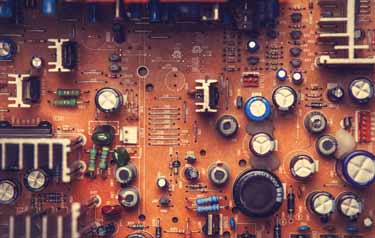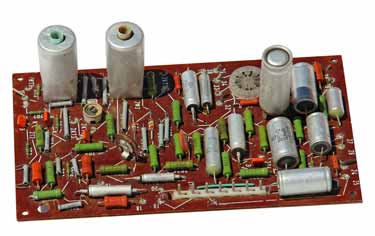
Printed circuit boards have come a long way since their initial creation, many different small changes happened over their lifespan to create the PCB that is so useful today, being integral to many pieces of technology.
Creation
It was around 1925 that Charles Ducas created a patent for an electrical path straight onto an insulated area. Soon after that, Paul Eisler created the first real printed circuit board while working in England approximately around 1936. Early PCB designs were even inserted onto plain wood.
Quite some time afterwards in 1943, they began to be used for proximity fuses in World War II. In the 1950s and 1960s they began to have one side having the electrical parts and the print on the other side. The “Process of Assembling Electrical Circuits” was brought about by the US, and they improved upon the old methods by creating the pattern and then inserting it on the zinc plate. They would then use this plate to print the wire on top of the foil. This proved viable and was a major breakthrough.
New methods and efficiency
Boards were starting to be designed with more advanced methods in 1960. Corrosion stopping methods started to be implemented that protected the traces and components and keep them cleaner and more efficient. In the 70s a gradual reduction in size led to the soldering being hard to perform without bridges forming between pads. This led to solder masks which are a thin layer of polymer applied to the copper to prevent the bridging. Japanese industry experts started to create an alternate method known as liquid photoimageable masks. A layer of photo-polymer is coated onto the circuit which is then dried under controlled temperatures. It is after this point that it removes unneeded solvent, and then the areas of the solder mask film are compared against the track to see what is necessary. This became the industry standard going forward.
Increasing complexity
In the early 1980s, the size of the parts began to shrink as gradually mounted parted were replacing their through-hole older brothers. Soon after this in the 1990s Computer Aided Manufacturing (CAM) starting to become the norm, and meant that the complexity of the circuit board designs began to rise. The gradual developments in technology meant more efficient use of the PCBs in how they could be used in terms of what devices they could be used within. High Density Interconnector printed circuit boards started to be used around 1995. These have smaller lines, pads and are used to reduce the size and weight of the device. From this point onwards the older boards started to become outdated and the flex and rigid variants became more commonplace due to affordability. In 1998, high speed signals began to be used across all areas.
PCB miniaturisation
The trend along the whole of the printed circuit board’s life has been to gradually decrease the size of the boards over time. That and many other improvements are sure to occur over the industry and you can be sure PCB Train will be at the forefront of innovation as they continue to develop far into the future.







Leave a Reply